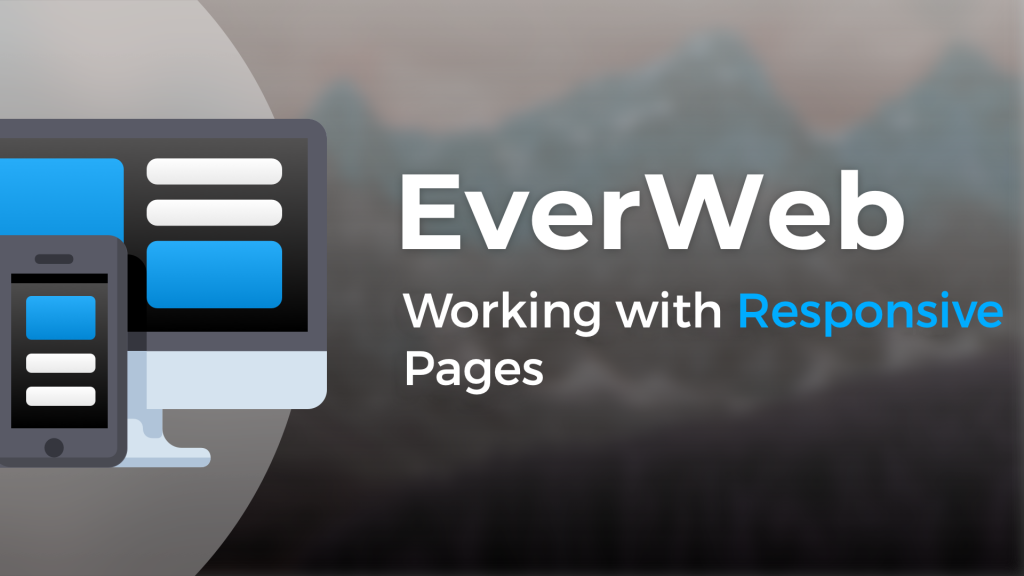

The trick, I think, is to think of FileMaker as just another database. While having experience with FileMaker certainly helps, I strongly believe that you don’t need FileMaker experience to be successful with these projects. Others, including several FileMaker developers, are looking to migrate their solutions from FileMaker to Xojo. Some are looking to make the most of their investments in the FileMaker platform. Instead, clients – many of whom are FileMaker developers – are coming to me and seeking help. I very rarely develop new FileMaker databases. Today, while Xojo is my preferred development platform, I am still actively doing FileMaker work as well. But back in 2015, I saw changes coming to the platform that lead me to begin move away from it. I’ve been developing with FileMaker for many, many years. Of all of the opportunities that I’m running into these days, it’s the integration with SaaS that has me the most excited.

At that point, with Xojo, wiring up to them is usually quite easy. It’s simply a matter of learning how those systems allow integration. And as I mentioned earlier, with Xojo, we can develop those systems quickly and affordably.

We have the ability to develop external solutions that integrate with SaaS systems.
EVERWEB TUTORIAL SOFTWARE
And that’s where the opportunities for custom software developers come in. However, businesses often find that they have needs that these solutions don’t address. And it’s that breadth of functionality, and the tight integration between those functions, that appeals to many businesses. They provide everything from contact management, quoting, order processing, inventory … you get the idea. These services try to be “all things to all people.” (Or, more accurately, all things to all businesses).

In fact, SaaS has actually opened up new – and very lucrative – opportunities for me. It’s probably not surprising that this move to SaaS has had a big impact on my business, and you’re probably thinking it has been a negative impact. Oracle’s NetSuite, a cloud-based ERP system, and SalesForce, are two popular SaaS examples that you may have heard of. To help reduce costs and increase efficiency, many businesses are moving “to the cloud.” They’re using Software as a Service (SaaS) and Platform as a Service (PaaS) solutions. But best of all, because Xojo is a rapid application development platform, I can deliver solutions quickly and affordably.
EVERWEB TUTORIAL ANDROID
With Xojo, I can develop web, desktop, iOS, and even Raspberry Pi apps – and Android apps will soon be possible as well. One of the many things that I love about Xojo is that regardless of what type of solution a client needs, I can build it for them. These are solutions that are tailor-made to meet their business needs and fit seamlessly into their processes. Businesses turn to me for highly specialized software that simply doesn’t already exist. However, in my case, it’s all about custom software. For example, there’s EverWeb, Jeremie Leroy’s Packr, and the amazing color management applications provided by CHROMiX, to name just a few. There are a number of Xojo developers who have been successfully selling commercial software solutions. So I thought I’d share some of my experiences and observations. I also occasionally see these types of questions posted on the Xojo forum by developers who want to use their knowledge of and passion for Xojo to start their own business.
EVERWEB TUTORIAL HOW TO
I’m often asked by other developers – some who are already using Xojo and some who are not – where the opportunities for Xojo developers are, and how to find them. Today, a lot of the work that I’m doing involves developing custom software solutions using Xojo. And I’ve primarily been a self-employed custom software developer since first going out on my own in early 2000. I’ve worked for software development firms that provide custom software for clients. I’ve worked as an in-house developer creating custom “line of business” solutions. I’ve spent most of my career developing custom software.


 0 kommentar(er)
0 kommentar(er)
